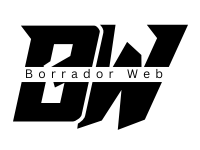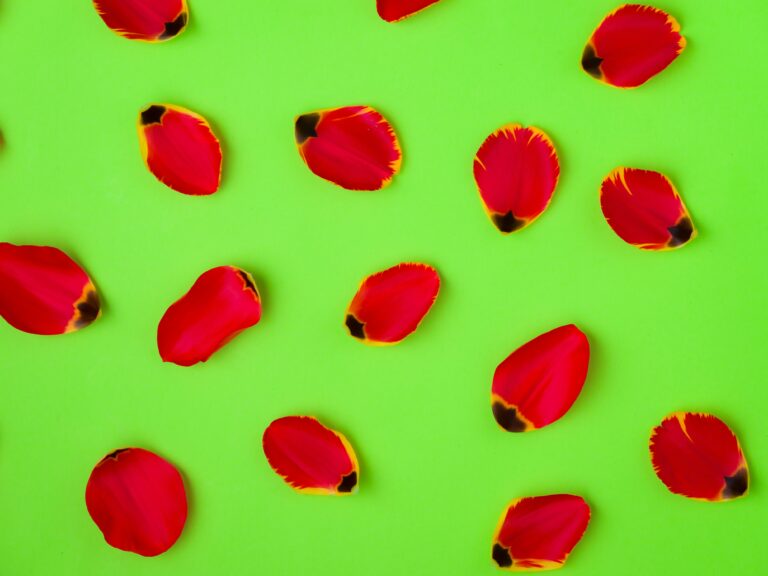
When it comes to the art of leathercraft, every project begins with one crucial decision — choosing the right material. For artisans who value precision, texture, and durability, Zuschneidfelle, often known as cutting hides, are a foundational element that can transform ordinary creations into works of craftsmanship.
While the term may sound technical, Zuschneidfelle are far more than just raw leather sheets. They represent a careful balance of tradition, practicality, and material science — a testament to how craftsmanship begins long before the first stitch is made. Whether you’re crafting custom wallets, belts, shoes, or fine upholstery, understanding Zuschneidfelle can dramatically improve the quality and longevity of your work.
What Are Zuschneidfelle?
In simple terms, Zuschneidfelle (a German word that translates literally to cutting hides) refer to specially prepared leather pieces optimized for cutting, shaping, and detailed work. These hides are typically sourced from the best parts of the animal skin — often the shoulder, back, or belly — depending on the desired flexibility, texture, and strength.
The defining feature of Zuschneidfelle lies in their consistency and quality of surface. Unlike general-purpose hides, cutting hides are selected and treated to ensure minimal imperfections, allowing artisans to cut clean patterns with precision. They are tanned, finished, and conditioned in ways that make them easy to manipulate without sacrificing structural integrity.
Because of their reliable texture and manageable thickness, Zuschneidfelle have become indispensable in workshops where craftsmanship and detail matter most.
The Craft Behind Zuschneidfelle
Producing Zuschneidfelle is both an art and a science. The process begins with careful hide selection, where only skins with even grain and minimal scarring are chosen. This ensures that each piece maintains uniform strength and appearance.
Once selected, the hides undergo tanning — often vegetable tanning or chrome tanning, depending on the intended use. Vegetable-tanned Zuschneidfelle are popular among traditional craftsmen who prefer natural tones and a firm, moldable surface. Chrome-tanned varieties, on the other hand, are prized for their flexibility and resistance to moisture, making them ideal for items like handbags or footwear.
After tanning, the hides are split and leveled to achieve a consistent thickness, often between 1.5 mm and 3.5 mm. This precision is crucial for cutting hides, as uniform thickness ensures clean edges and easier pattern alignment during assembly.
Finally, the hides are finished — a step that determines texture, gloss, and color. Depending on the artisan’s needs, Zuschneidfelle can be left natural, dyed, embossed, or treated with oils and waxes for enhanced durability.
Advantages of Using Zuschneidfelle
One of the reasons Zuschneidfelle are so valued in leathercraft is their versatility. They strike the perfect balance between pliability and firmness, making them suitable for a wide range of applications. Below are some of the key advantages they offer:
1. Precision and Clean Cutting
Because Zuschneidfelle are even in texture and density, they allow for crisp, accurate cuts — essential for creating symmetrical patterns or fine details. This makes them especially useful for products like wallets, watch straps, or intricate leather goods where precision defines quality.
2. Durability and Strength
The controlled tanning process ensures that Zuschneidfelle retain their natural fibers while resisting stretching or tearing. As a result, they age gracefully, developing a rich patina over time rather than cracking or weakening.
3. Enhanced Workability
Artisans appreciate how easy Zuschneidfelle are to cut, punch, and stitch. They respond well to edge burnishing and dyeing, making them ideal for both beginners and experienced leatherworkers looking for consistent results.
4. Aesthetic Consistency
Because these hides are selected for surface quality, they have fewer blemishes and scars. This results in a smoother, more visually appealing finish — especially valuable for luxury goods or pieces that highlight the natural grain of the leather.
5. Sustainability and Resource Efficiency
In recent years, many tanneries producing Zuschneidfelle have shifted toward eco-conscious tanning methods, using plant-based tannins and minimizing waste. For environmentally conscious makers, this offers an ethical option without compromising quality.
Types of Zuschneidfelle and Their Uses
Not all Zuschneidfelle are the same. Depending on their source and treatment, they cater to different styles of leatherwork. Here are some common types:
-
Cowhide Zuschneidfelle: The most common and versatile, suitable for belts, bags, and upholstery.
-
Calf Zuschneidfelle: Finer grain and softer texture, perfect for luxury goods and accessories.
-
Goatskin Zuschneidfelle: Lightweight and flexible, ideal for bookbinding or glove-making.
-
Sheepskin Zuschneidfelle: Known for its softness and comfort, often used for garments and lining.
-
Vegetable-Tanned Zuschneidfelle: Sturdy and moldable, great for carving, tooling, and embossing.
-
Chrome-Tanned Zuschneidfelle: Smooth, flexible, and resistant to moisture — ideal for everyday wear items.
The right type depends on the project’s function, aesthetic, and level of wear expected over time.
Working with Zuschneidfelle: Tips for Artisans
Using Zuschneidfelle effectively requires both technique and care. Here are a few professional tips to help leatherworkers make the most of these premium hides:
-
Plan Your Layout Carefully
Always inspect the hide for grain direction, texture, and natural variations. Arrange your patterns to maximize yield and maintain visual consistency. -
Use Sharp Cutting Tools
Zuschneidfelle deserve precision. Dull blades can tear fibers and cause uneven edges. Invest in quality knives or rotary cutters for clean results. -
Condition Regularly
Even the best hides can dry out over time. Applying a light coat of leather conditioner or wax maintains flexibility and protects against moisture. -
Mind the Stretch
Although Zuschneidfelle are strong, every hide has a natural stretch direction. Align your cuts accordingly, especially for items that require structural integrity like belts or straps. -
Store Properly
Keep unused hides flat and away from direct sunlight or humidity. Proper storage prevents warping and color fading.
The Cultural and Historical Value of Zuschneidfelle
Leathercraft has deep roots in human history — from medieval armor to Renaissance bookbinding. Zuschneidfelle represent a continuation of this legacy, embodying both tradition and innovation. The meticulous preparation of hides has always been a mark of craftsmanship, symbolizing respect for materials and the animals that provide them.
In Germany and across Europe, where the term “Zuschneidfelle” originates, tanneries have passed down methods through generations. These techniques, once manual and labor-intensive, have evolved with modern sustainability standards while preserving the authenticity of traditional craft.
Today, Zuschneidfelle connect artisans to that heritage — a reminder that every cut, stitch, and polish carries centuries of skill and knowledge.
Where to Source Quality Zuschneidfelle
For those interested in trying Zuschneidfelle, sourcing matters. Look for suppliers known for traceable, ethically tanned hides. Many European tanneries and specialty leather stores offer premium Zuschneidfelle in various finishes and thicknesses. When buying online, pay attention to the cut (shoulder, side, or full hide), the tanning method, and any finishing details provided by the seller.
If possible, feel the leather in person. The tactile experience — the grain, flexibility, and smell — often reveals more than any product description can.
Final Thoughts
Zuschneidfelle may sound like a niche term, but their impact on leathercraft is profound. They embody the essence of quality — precision, durability, and timeless beauty. For any artisan, hobbyist, or designer, understanding and working with cutting hides is a gateway to mastering the craft.
In every well-made leather product, there’s a silent story — of materials chosen with care, of techniques refined by touch, and of passion shaped into form. Zuschneidfelle are where that story begins.
They are not just pieces of leather; they are the foundation of craftsmanship itself.







